I did 100 weighted lunges every day for two weeks, and it made my legs so much stronger
This two-week challenge made my legs feel like jello, but it was worth it to perfect the technique and build lower body strength
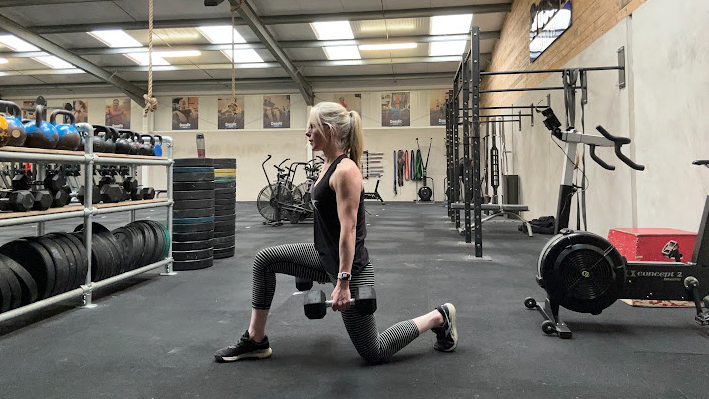

I'm very familiar with lunges. They regularly come up in my daily workouts and often form part of my CrossFit routines. But adding weights into the mix for two weeks felt like a great way to challenge myself.
I work from home four days a week and have three young children, so I needed a challenge that wouldn't take too long or much equipment but one that would motivate me to move more and help build my lower body strength.
After ensuring I'd nailed how to do a lunge properly, I set out the rules of my two-week target. I wanted to push myself, so I decided on 100 weighted reps with dumbbells, 50 forward and 50 reverse lunges each day.
I was excited but apprehensive; I know it's a tremendous lower-body move, but I also know from experience that adding resistance to a bodyweight move usually sets off delayed-onset muscle soreness (DOMS), making it uncomfortable to walk the next day!
I set that to the back of my thoughts, reminding myself that I can reduce DOMS with an active recovery day workout or some gentle massages with a foam roller. So, I got started with my two-week challenges. Here's what happened.
I had to scale things back
I usually work with two 20lb (10kg) dumbbells while doing front and back squats or other strength training exercises. So, I decided to stick with them for the lunges challenge. That was a mistake — I should have remembered that you can use heavy or light weights to build muscle.
Lunges are a completely different exercise that uses a lot of large muscle groups in your legs. And they are unilateral, meaning they only use one side of your body. This was when I realized that I was stronger on one side than the other.
Get the Fit&Well Newsletter
Start your week with achievable workout ideas, health tips and wellbeing advice in your inbox.
My left side struggled to get through the challenge with the 20lb load. Rather than immediately lowering the weight, I did the first few days at this weight before I conceded that it was too uncomfortable and was making me worry about the rest of the challenge.
I could feel a real threat of injury to my left hamstring and knee muscles as I performed the exercise. I decided to scale back the weight and immediately wished I'd done so from the start. It was still challenging, but a load I knew my body could handle safely.
The feedback was immediate
After I sorted out the load issue, delayed-onset muscle soreness (DOMS) was my next obstacle. I was fully expecting it to be demanding the next day, but I hadn't anticipated how wobbly it'd make my legs.
Exercising causes tiny tears in your muscle fibers that your body needs to repair to grow and strengthen the muscle. As I had no rest days, my muscles weren't fully recovered going into the next set.
By the end of the first week, I wondered if there would ever be a point where I could walk up the stairs without groaning at every step. The only respite was when I was doing the workout and while I was doing stretching exercises afterward (which was a must!).
It took longer than I expected
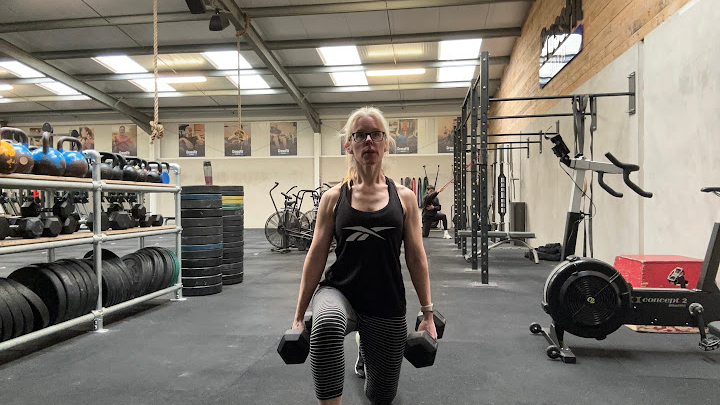
With three young kids at home, finding time to exercise can be tricky, but getting in 100 lunges a day felt achievable. However, I underestimated these movements somewhat.
To do a lunge correctly, you need to position yourself precisely to work the right muscles and avoid injury. It takes control and precision, which takes time, particularly when you have to do 100 of them.
However, when I was tight on time, I tried to speed up but noticed that my form had dropped. After a few days, I realized it would work better to set aside 15 minutes to dedicate to my training and get the most from the lunges.
Imagine train tracks, not tightropes
Doing so many repetitions of a single exercise made me realize my form wasn't quite right. I was acting like I was on a tightrope, lunging forward with my front foot perfectly aligned with my back foot, leaving very little stability and balance.
My coach suggested that I imagine my feet were on either side of a train track — so my starting position was a natural, hip-width gap. As I stepped forward, I should put my foot in the middle of the track before returning to the starting position.
This helped as it created a stable base while I was working with weights, which is crucial if you don't want to injure yourself! Plus, it made the routine more effective at working the right muscles.
It hurt, but it worked
For the best part of two weeks, I trained hard but felt I was getting nowhere. The weighted lunges never felt easier, even after I dropped down the weight.
But by the end of the challenge, I noticed an undeniable new firmness in my glutes — the large muscles around your buttocks — and the side and top of my thighs.
The downside of a daily challenge is that you don't give your muscles time to recover, which means you're not growing or strengthening the muscle as much as you could.
So the most significant changes came when the two weeks ended and I'd had a break. My legs felt noticeably stronger, and my balance had improved, particularly during my Pilates workout.
But I like challenges like this as they are great for my physical and mental health. It was an excellent reminder to be patient, focus on the journey (not the result), leave my ego at the door, and focus on what my body needs in the moment.
Kerrie Hughes is a freelance editor and writer, mum of three 'spirited' kids and avid Crossfit fan. In the rare times she's not in intense negotiations with a small human, you'll find her doing her best impression of six-times Crossfit Games winner Tia-Clair Toomey in her local box.
-
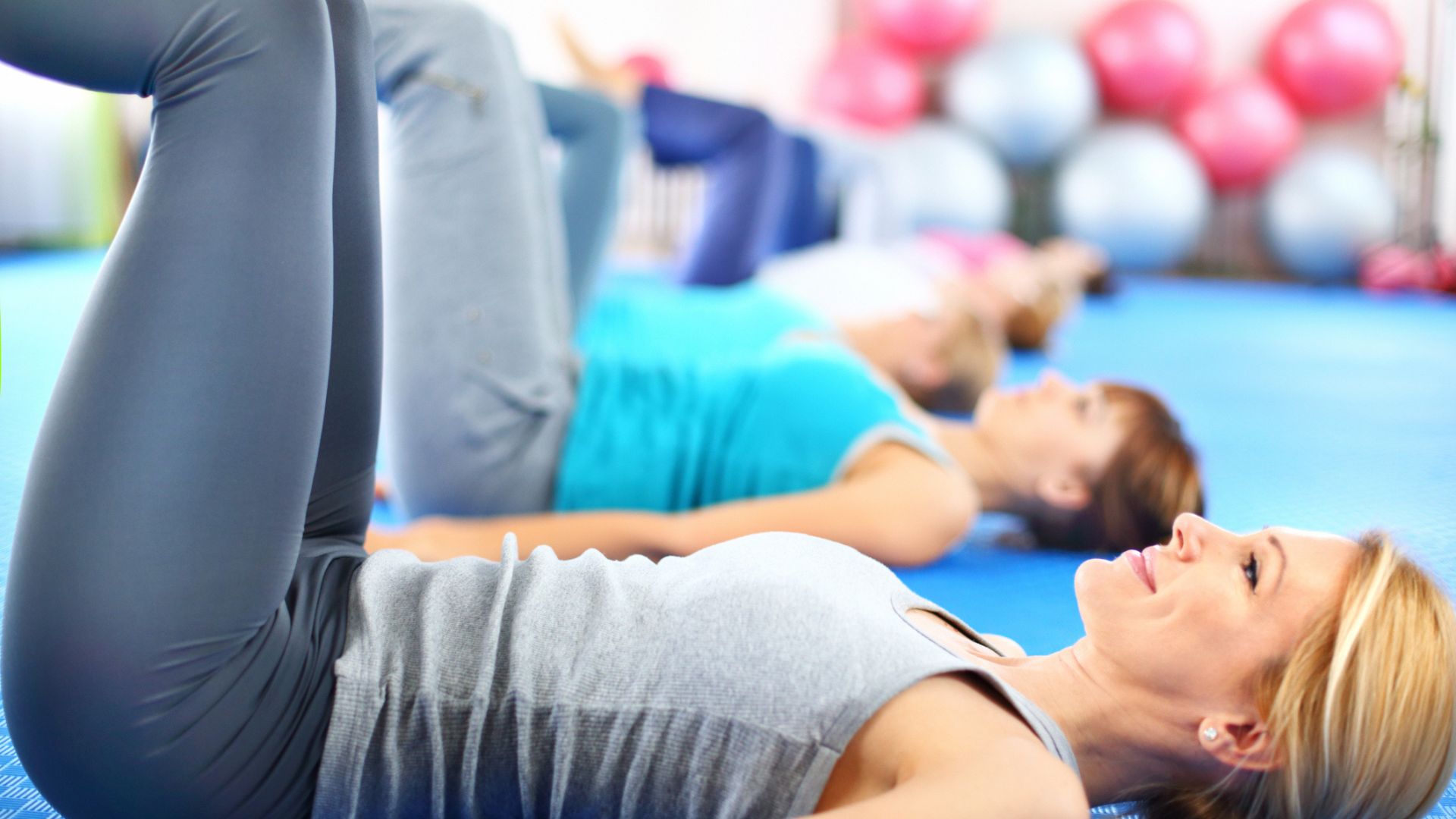 A Pilates instructor says this is the beginner-friendly core exercise everyone should try
A Pilates instructor says this is the beginner-friendly core exercise everyone should tryForget crunches, this is the perfect foundation move
By Alice Porter Published
-
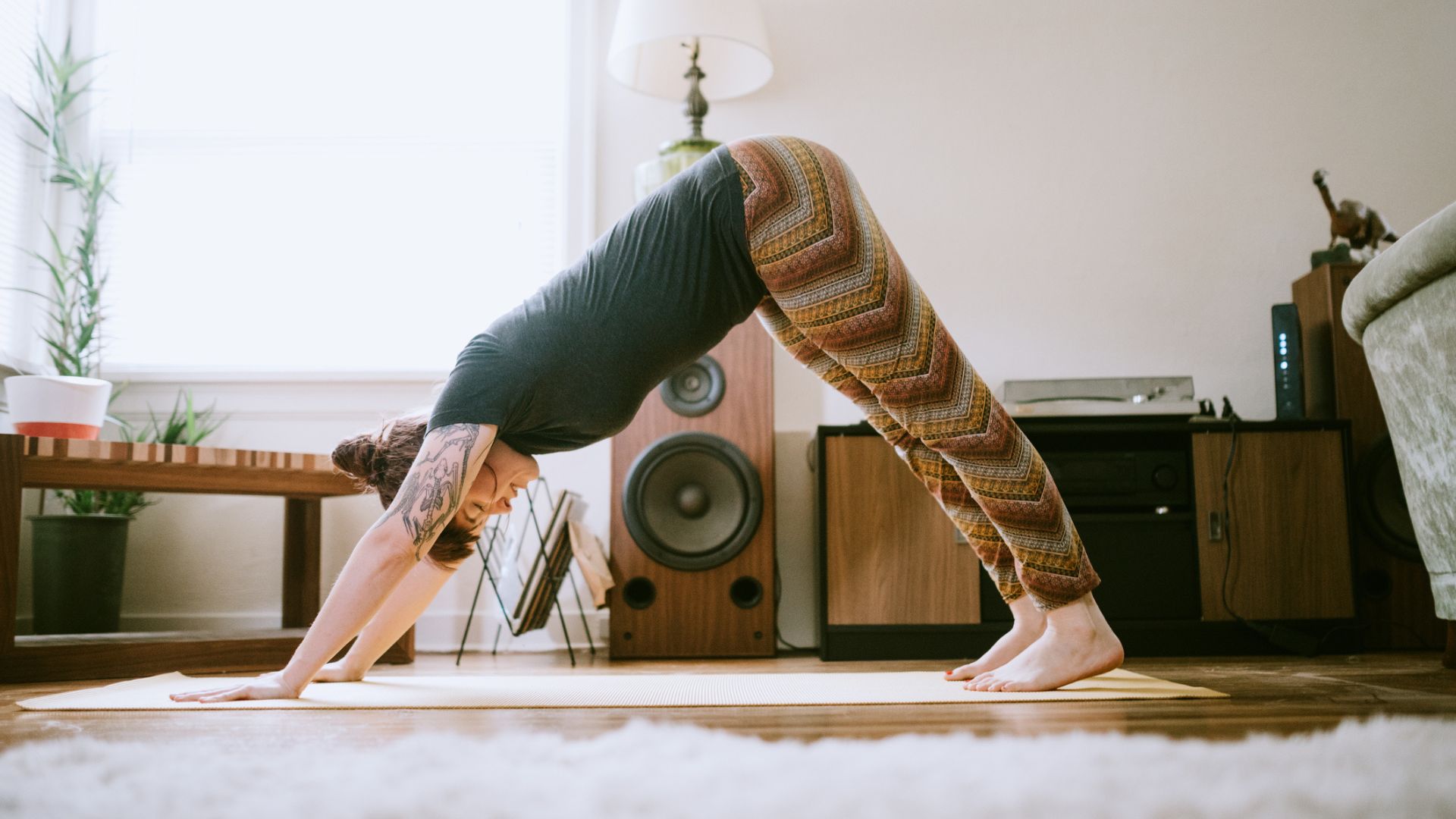 The 10-minute routine everyone should be doing for better posture, according to a Pilates instructor
The 10-minute routine everyone should be doing for better posture, according to a Pilates instructorUse these moves to build core strength and improve your spinal health
By Alice Porter Published
-
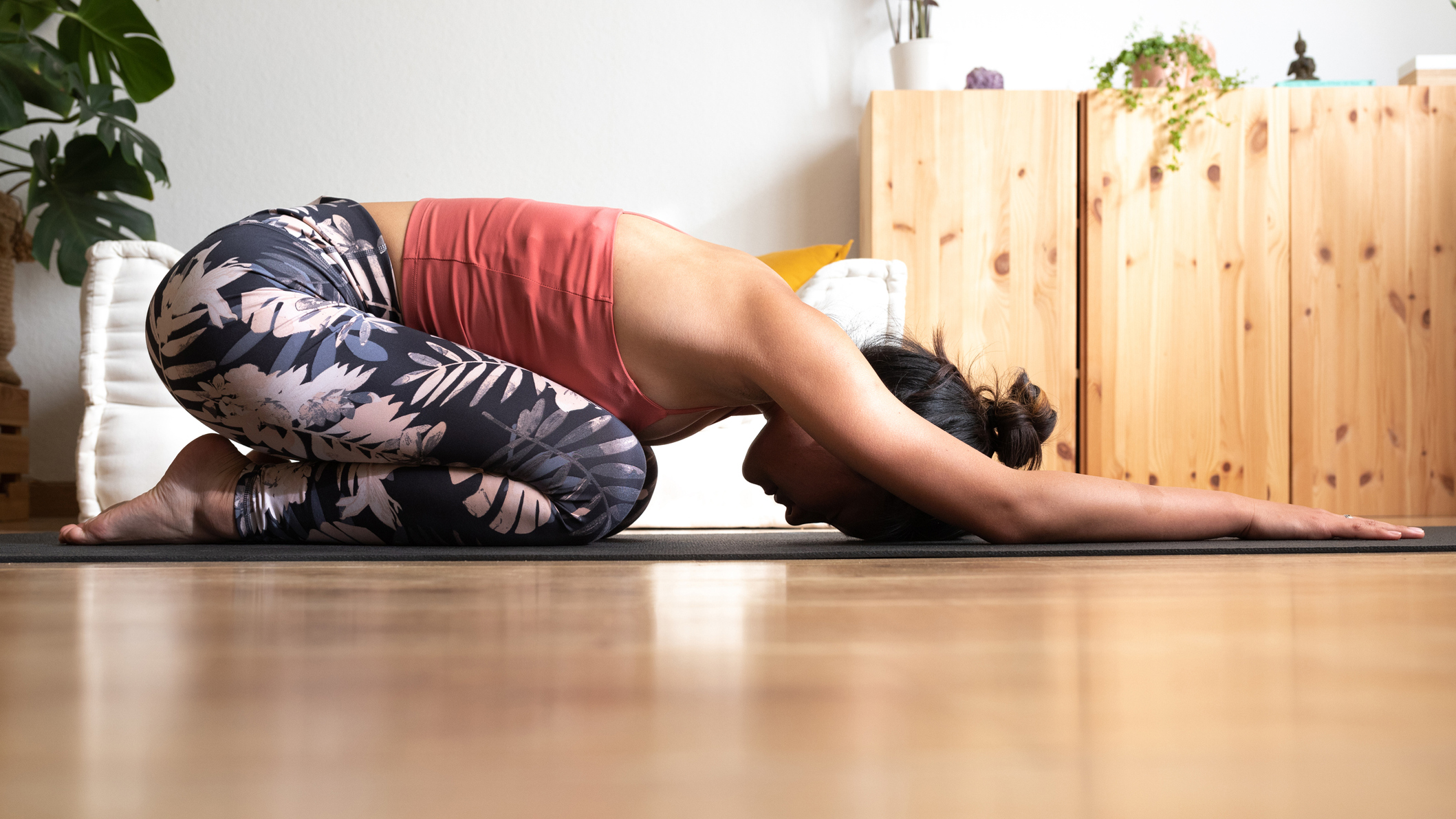 This expert-recommended tweak to child's pose is helping me undo the damage of my desk job
This expert-recommended tweak to child's pose is helping me undo the damage of my desk jobYoga If you spend a lot of time sitting down, you need to try this stretch
By Alice Porter Published
-
 Don't fancy running in the cold? I recommend doing this six-move conditioning workout instead
Don't fancy running in the cold? I recommend doing this six-move conditioning workout insteadWorkout If dark mornings are getting in the way of a pre-work run, this six-exercise conditioning workout is a great alternative
By Daniella Gray Published
-
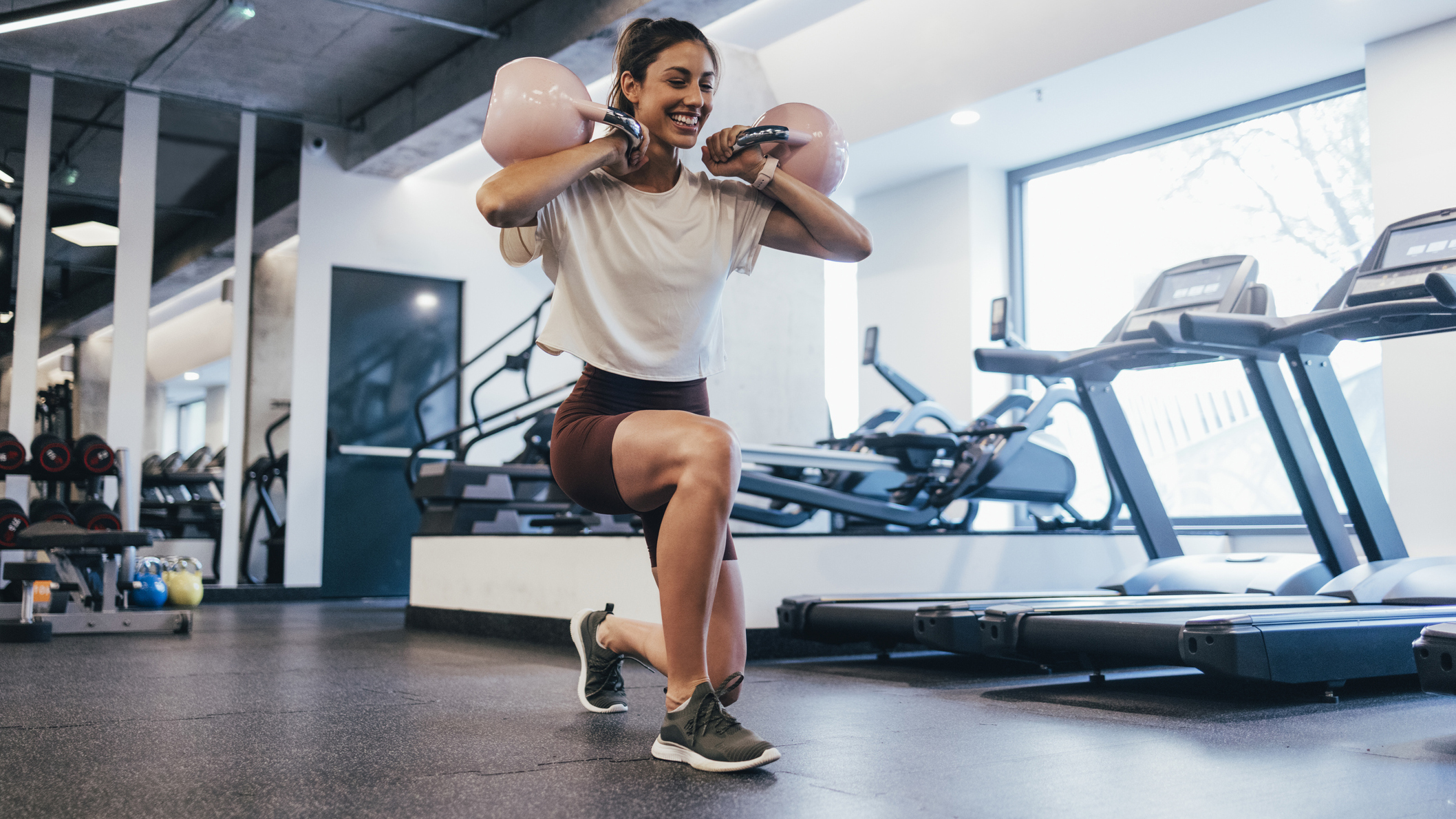 I swapped a split-exercise routine for full-body workouts and it drastically changed my body fat percentage
I swapped a split-exercise routine for full-body workouts and it drastically changed my body fat percentageWorkout If your goal is fat loss, then a full-body workout routine could be key
By Stacey Carter Published
-
 I tried meditating while I walked—and was surprised at how effective it was
I tried meditating while I walked—and was surprised at how effective it wasMindfulness Struggle to sit still for a seated meditation? Try taking your mindfulness session outdoors
By Sarah Finley Published
-
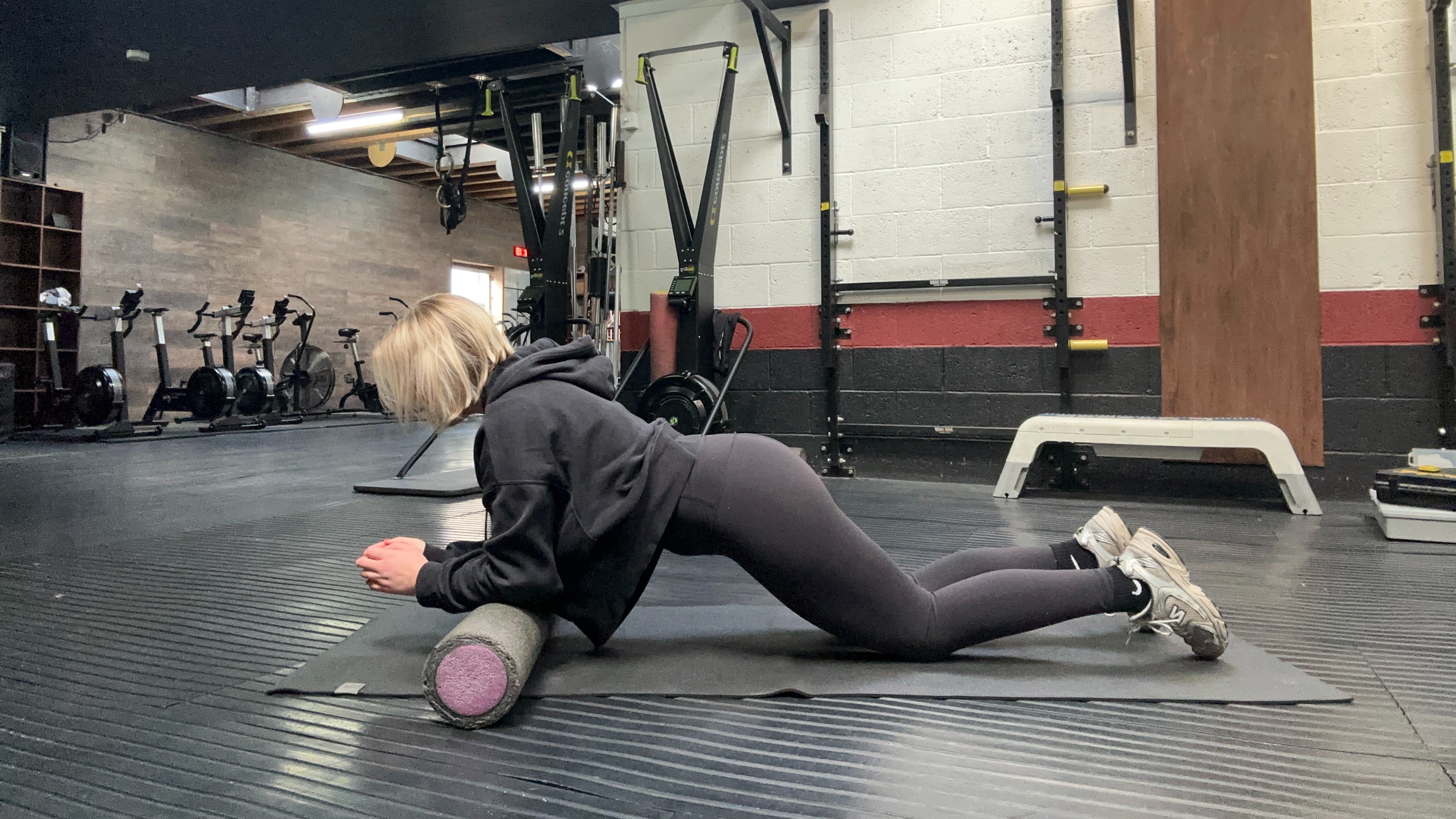 I tried this simple trick to replicate a Pilates Reformer class at home—and my core got a serious workout
I tried this simple trick to replicate a Pilates Reformer class at home—and my core got a serious workoutPilates Could this be the best budget alternative to Reformer Pilates?
By Alice Porter Published
-
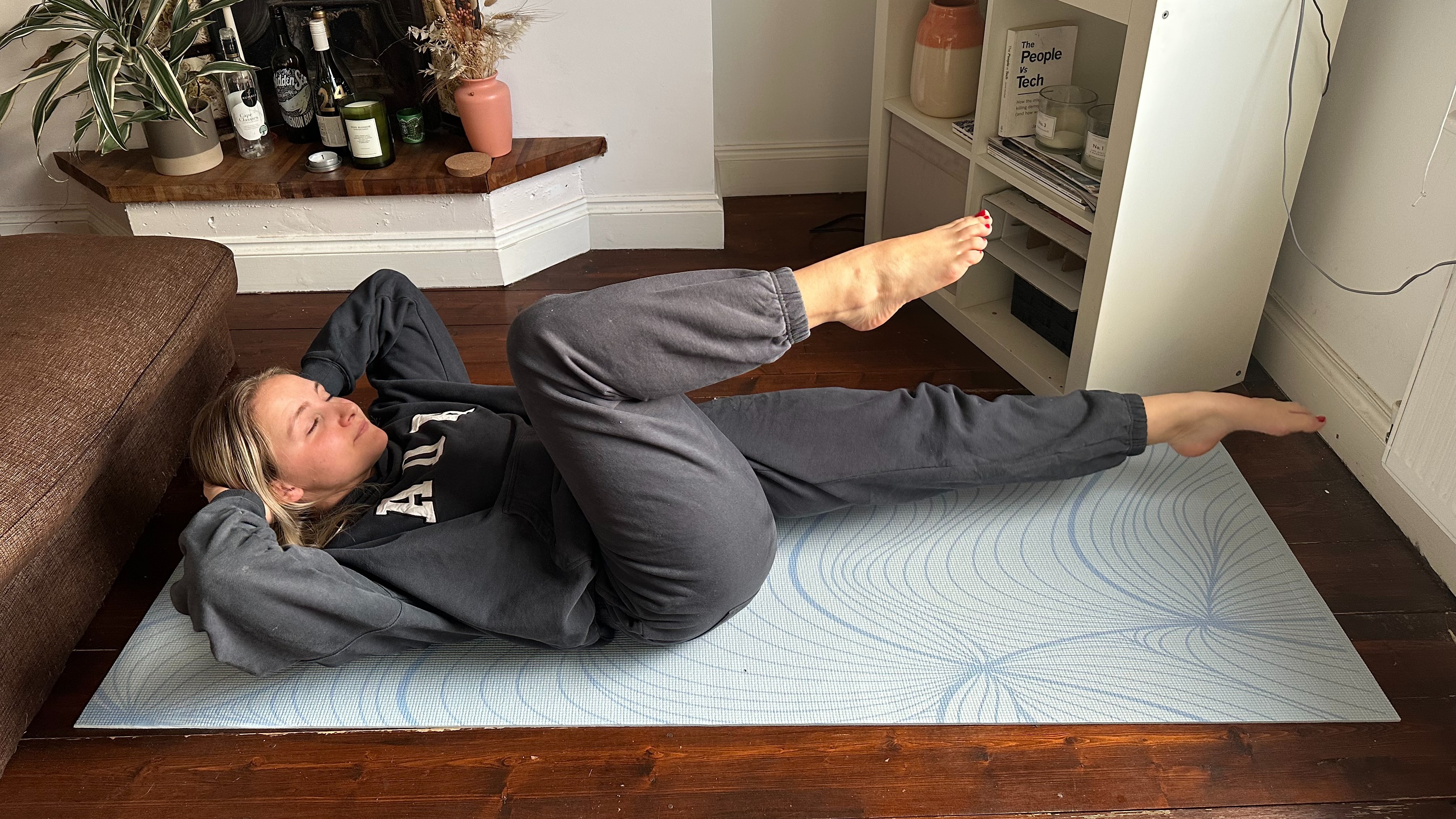 I tried this bodyweight workout and it helped me activate deep core muscles
I tried this bodyweight workout and it helped me activate deep core musclesWorkout These five low-impact exercises helped me build serious core strength
By Alice Porter Published
-
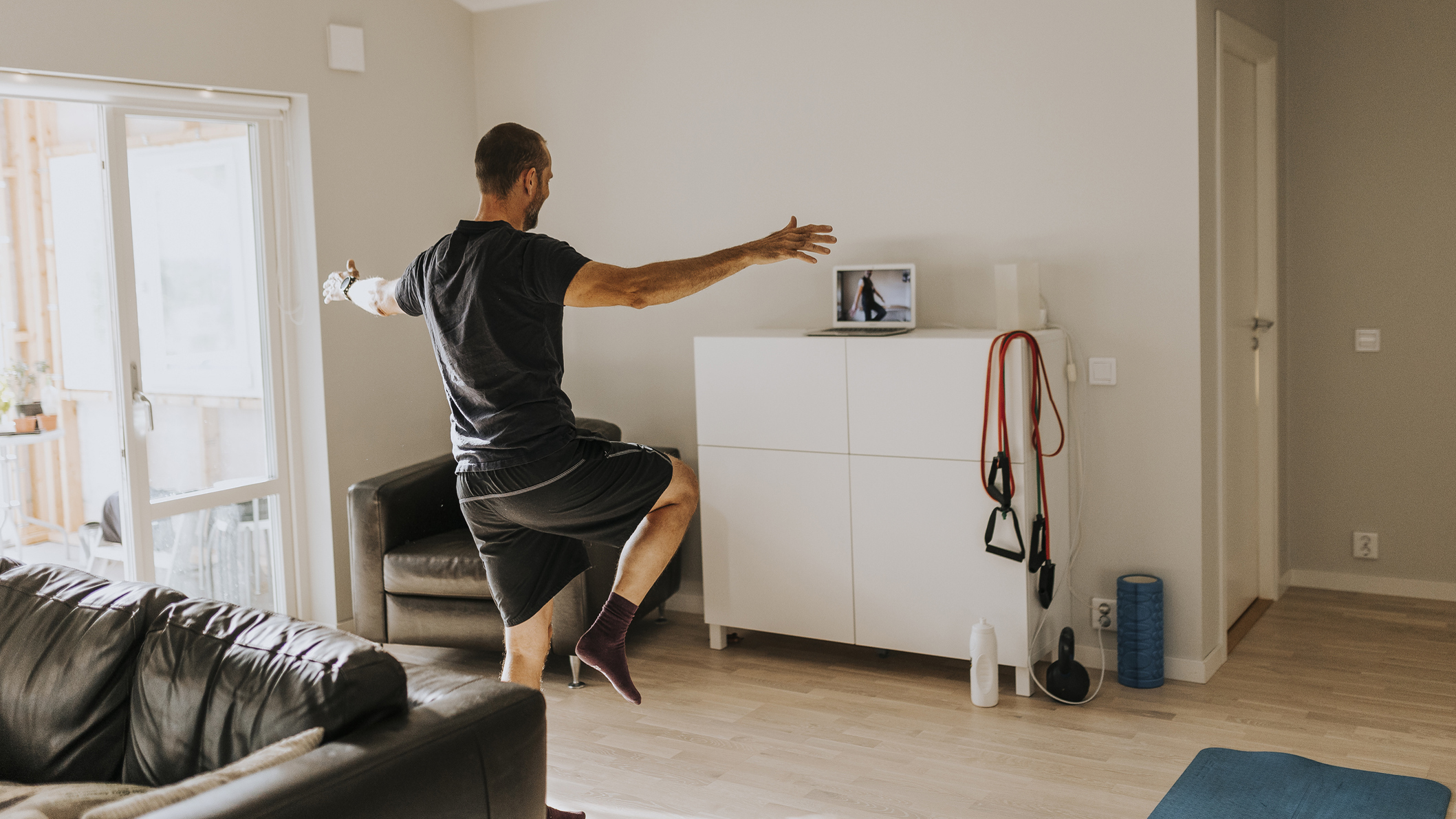 Want to pass the 'old man test'? Try these expert-approved balancing tips, which helped me master the challenge
Want to pass the 'old man test'? Try these expert-approved balancing tips, which helped me master the challengeWorkout You'll need to develop your stability, balance and strength to pass this test with flying colors
By Harry Bullmore Published
-
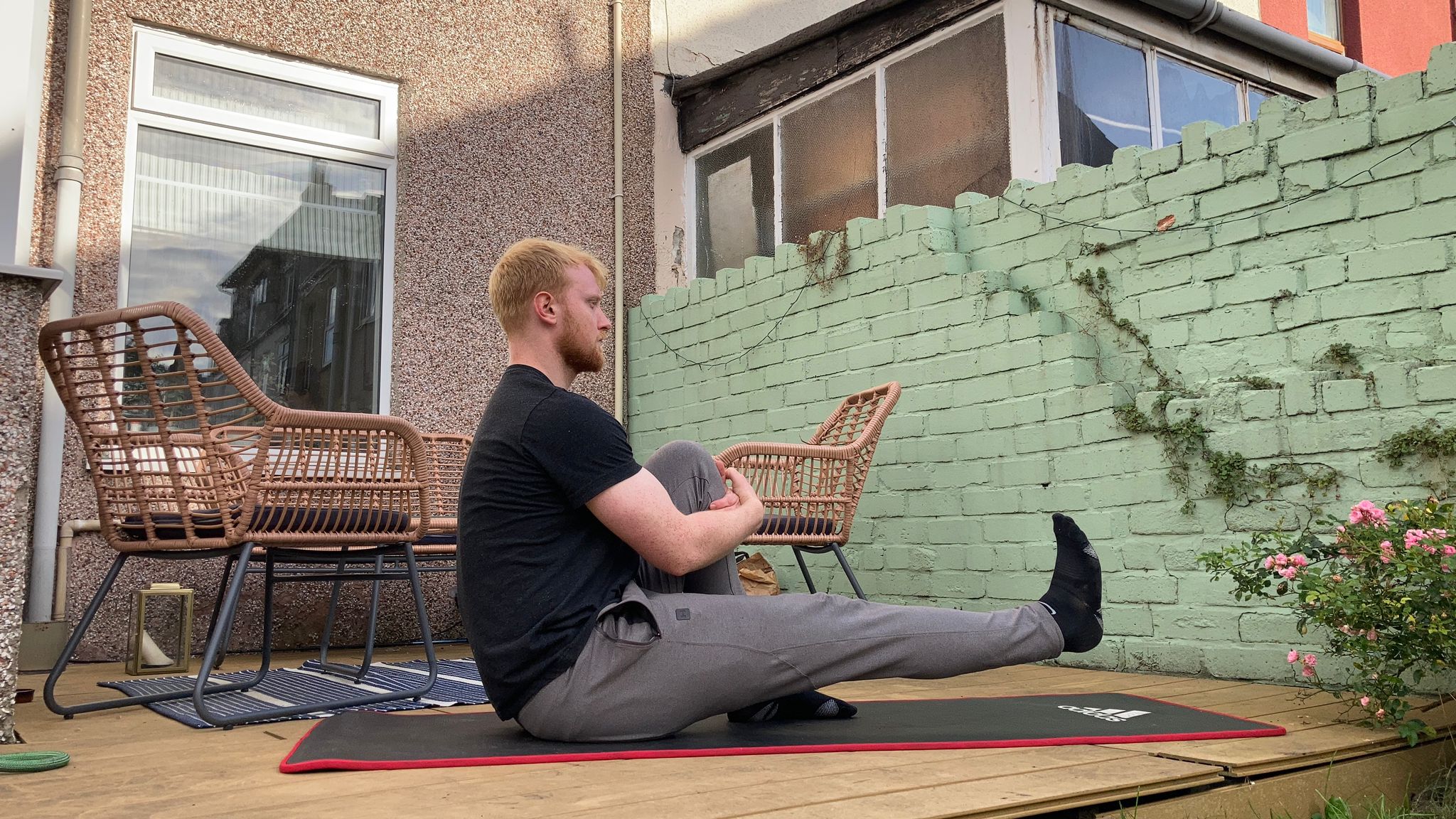 I swapped stretches for these four moves to improve my hip health, and I could feel them working straight away
I swapped stretches for these four moves to improve my hip health, and I could feel them working straight awayWorkout Healthy hips keep injuries and back pain at bay, so I tried some exercises designed to strengthen the surrounding muscles
By Harry Bullmore Published